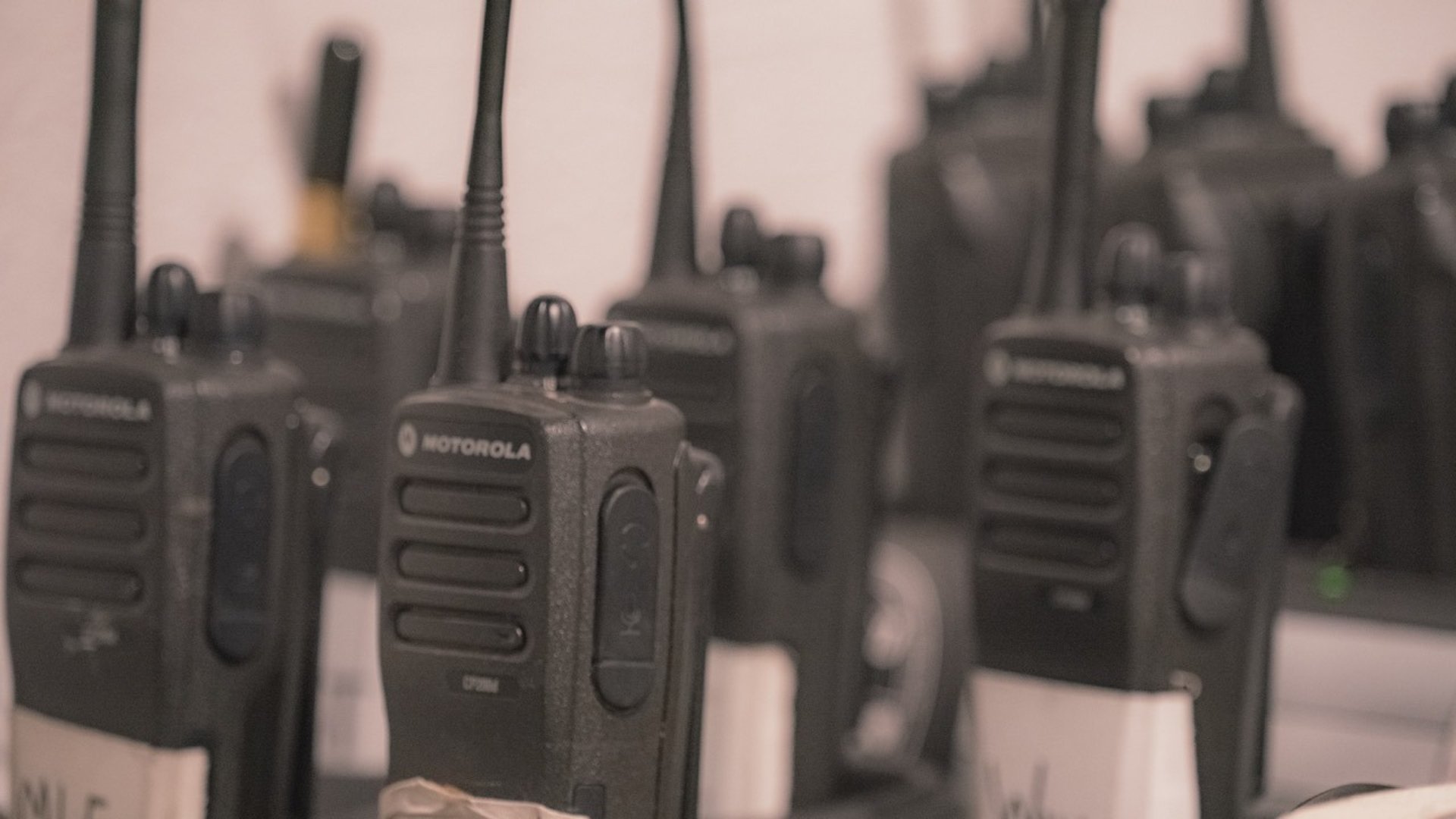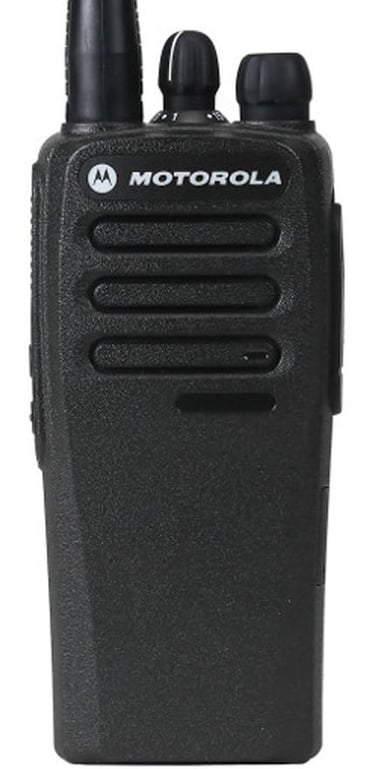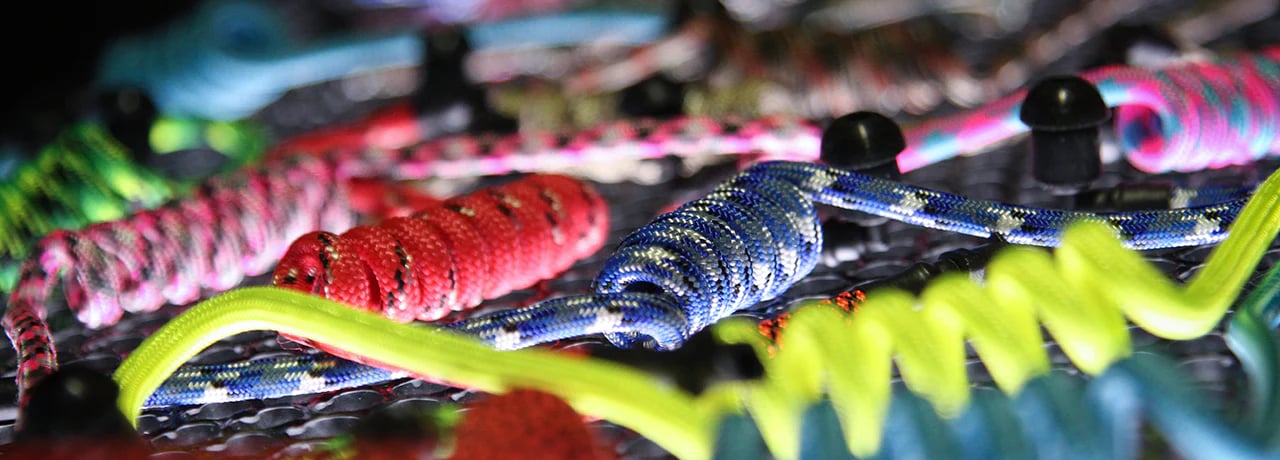
First 100 Days: Walkie Etiquette
If you've spent less than 100 days on a professional set, it's important to know the ins and outs of how things work in order to make the most of your experience in any department. This is the first in a four-part series that will help you succeed on your next professional film set and get hired again. A two-way radio is an important piece of equipment because it facilitates rapid communication between members of the crew with minimal disruption to other work areas. We'll also investigate the Motorola CP200 and its variants, the walkie-talkie used by most businesses today. We will cover how to communicate with other members of the crew while the cameras and microphones are rolling. This article is written to give crew members with beginner level status the professional level insight to do their best on set.
SETLIFETIPS
This is the first of a 4-part series designed to provide a jump start to those with fewer than 100 days on a professional set. It is important in any industry to understand the procedures and etiquette of the greater workflow so that you can immerse yourself in any department you choose. In the television and film industry, in particular, you will be a fish out of water without the basic knowledge of how things work on set. We will work to define some common terms, the rules of the trade and some tips to help give you the edge to navigate your next professional film set and get that call back for the next one.
Walkies
Love 'em or hate 'em, one tool you will often find yourself using is a 2-way radio, or walkie as they are commonly called. It is essential that crew be able to communicate with each other, and for efficiency purposes a 2-way radio is the tool of choice. When used with a surveillance – the earpiece and microphone attached to the walkie that’s plugged into the side of the radio – you will be able to talk to other crew members without disturbing other departments or while the camera and sound departments are rolling. Remember, you ARE on a location sound mixer blog after all!
The industry standard walkie is the Motorola CP200. It comes in two primary variations; the “old school” analog version, the CP200, and the newer digital-capable version, the CP200d. From an end-user standpoint, the main difference to you is the boot-up sequence. The analog version is active nearly instantly after you turn it on by rotating the volume knob from OFF to ON. You’ll be able to adjust the volume from there. You’ll hear two quick beeps indicating it is on and ready to use. The digital version has a longer boot-up sequence due to the chipset used. You’ll turn it on the same way, by rotating the volume knob, but it will take about 3-5 seconds for anything to happen. It will be complete silence until you hear the boot up confirmation — boo, doo, bink. For new users, this silence is often mistaken as “my walkie doesn’t work.” Patience, young grasshopper. It is probably working just fine. It’s still shorter than holding for room time, so be thankful.


General Channel Assignments
These assignments are not standard or universal, but if you have no clue then try these for starters. Different types of productions will have different departments, and as such they will vary based on that. A scripted narrative set will have different types of crew and needs than a reality set, for example. You'll notice that most channels are on odd numbers. This make it easy to switch to an even-numbered open, or unassigned, channel for private or one-on-one conversations that don’t involve the entire channel. You can often find these assignments on a call sheet or taped on the wall at the walkie charging station. This list is more of a starting guide than an outright rule. The bigger a crew, the more departments will need their own channels. It will vary wildly even amongst different types of productions.
Production - 1
Camera - 3
Grip/Electric/Story - 5/7
Sound - 5/7
Picture Car - 15/16
2-Wire Surveillance
Production will provide one, but having a personal one is recommended. The quality is usually poor from rental houses and it’s just more sanitary to have your own.
Biscuit/Brick
This is another name for the rechargeable batteries for walkies. Technically, the correct name is a biscuit, as a brick is a camera battery. PA’s should always have a spare on them as will a solid AC or sound utility or A2.
[me] for [you]
When you need to reach someone, say “John for Jane” for example.
Go for [me]
When replying, say, “Go for Jane”
What’s your 20?
Where are you? Use this to find out where someone is. When you’re responding to this, be sure to use landmarks rather than generic descriptions like “over here.”
[me] 10-1 or 10-2
If you need to step away to use the restroom, let other crew know that you’re unavailable by saying “John is 10-1”. Or, if you’re bold enough you can announce that you have to take a dump by saying “John is 10-2”.
Switch to [number]
Take a detailed or one-on-one conversation to another less-public open Walkie channel. This allows normal operations to continue on the main channel without interruption. These are usually designated on the call sheet. If unsure, ask Production.
Switching
Always confirm the request to switch channels by saying, “Switching.”
Go again
If something was unclear or broken up, ask for it to be repeated. You can always ask someone else physically nearby on the same channel if they heard the request as well.
Copy or Copy that/you
Always, always, always confirm that you acknowledge a request or information by saying, “Copy”, “Copy that” or “John copies.”
86
Change your mind? No problem. This command cancels a request.
These tips should get you started with the basics. If there's one rule you take away from this article, it should be that walkies are not a toy, they're a tool. Don't be long-winded or play around too much. Keep the walkie chatter to a minimum and save the jokes for in-person interactions. Want a shortcut to at least looking like you know what you're doing? Consider customizing your look with a Walkie Woogie or Tubeez, a custom-look surveillance that is a high-quality and stylized upgrade that you can take to any set.


